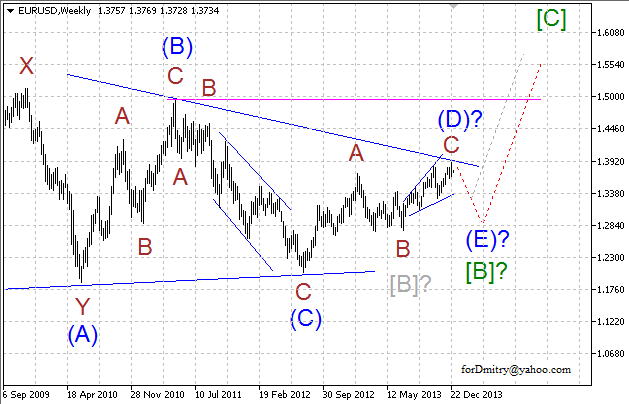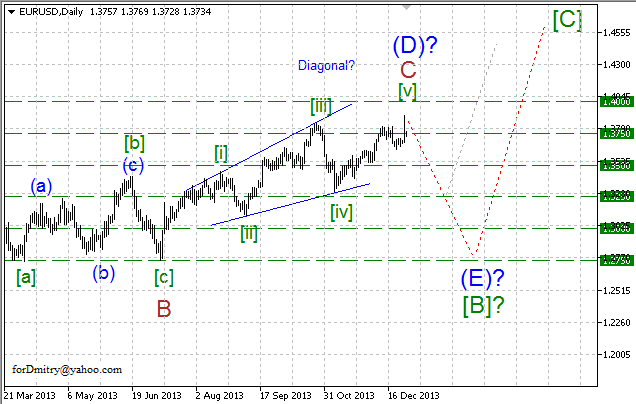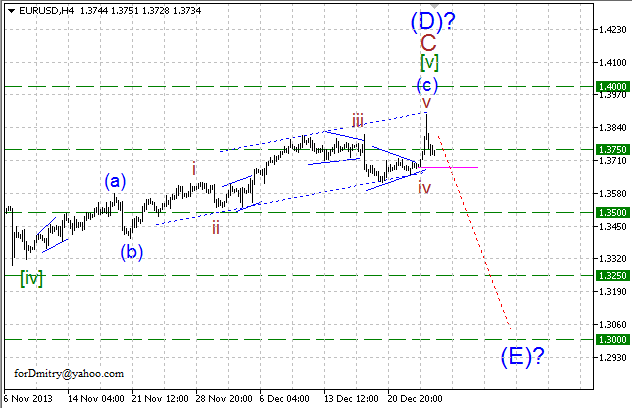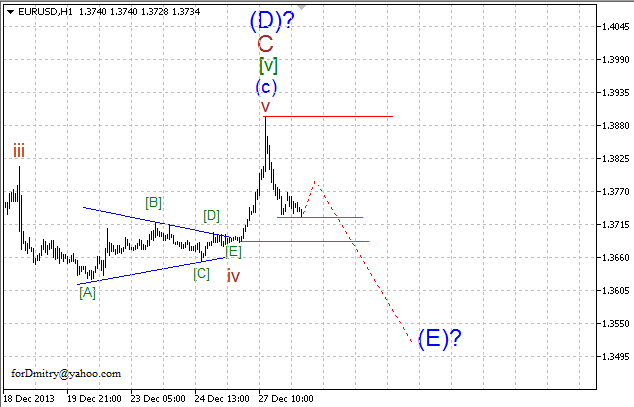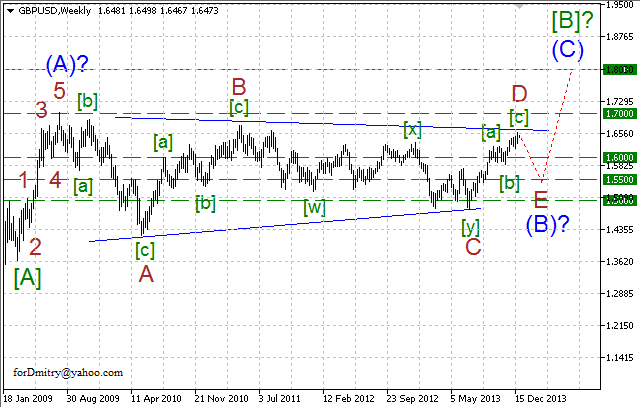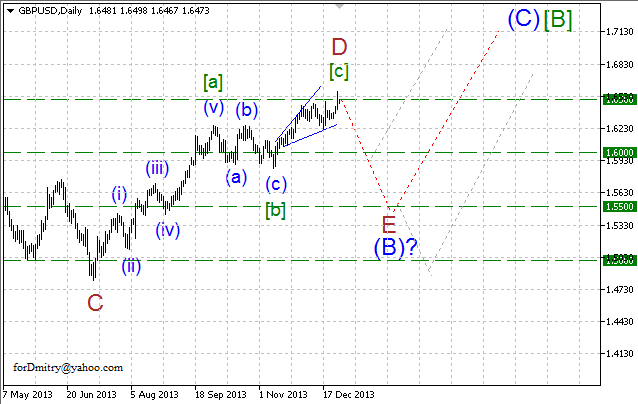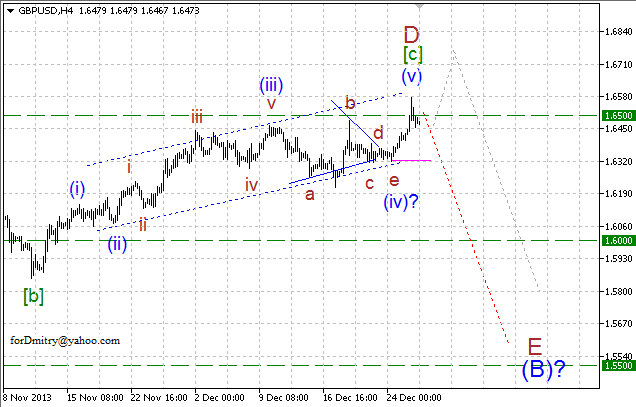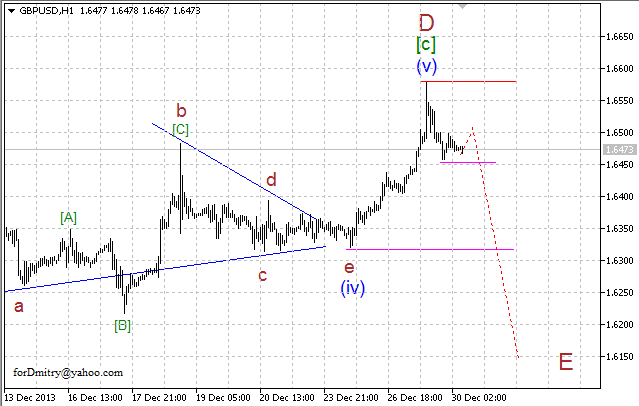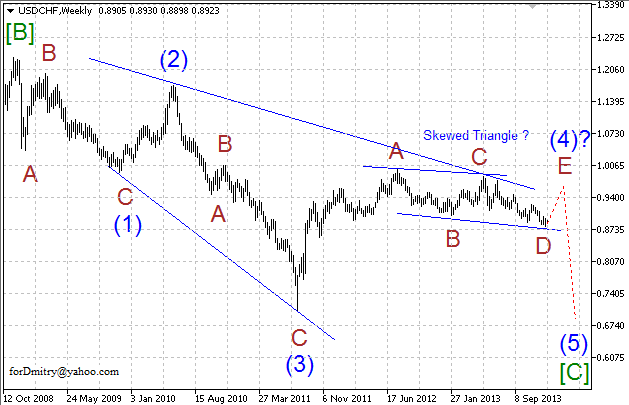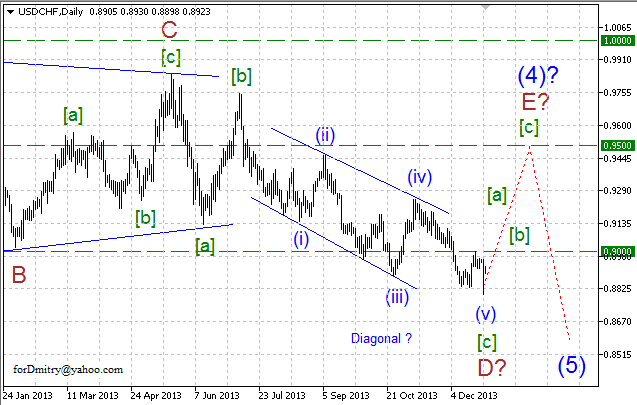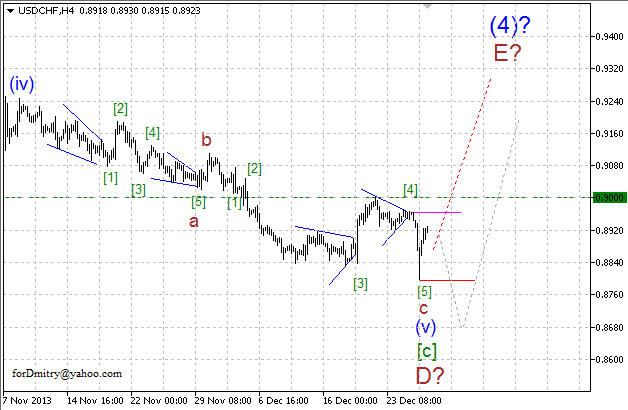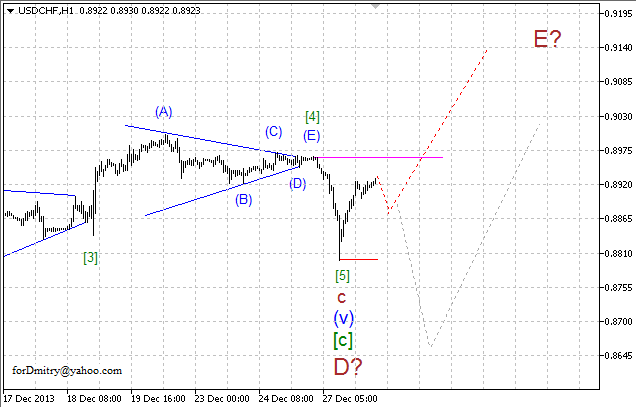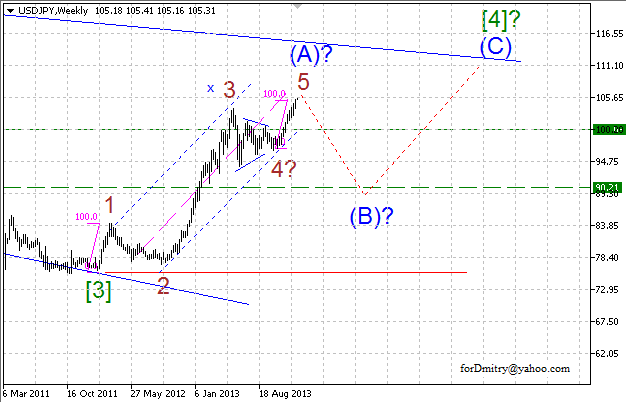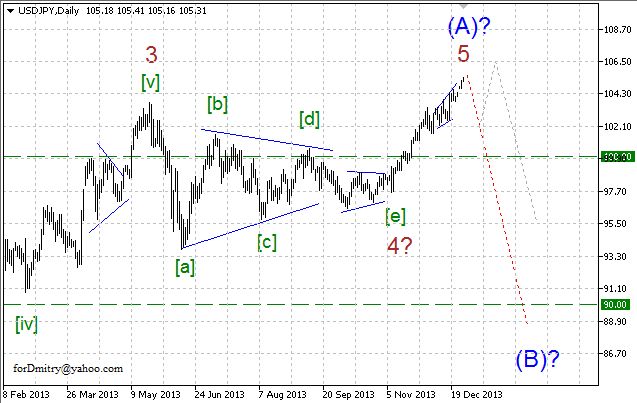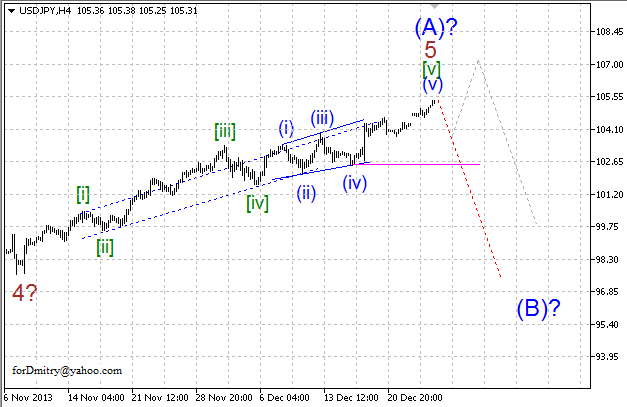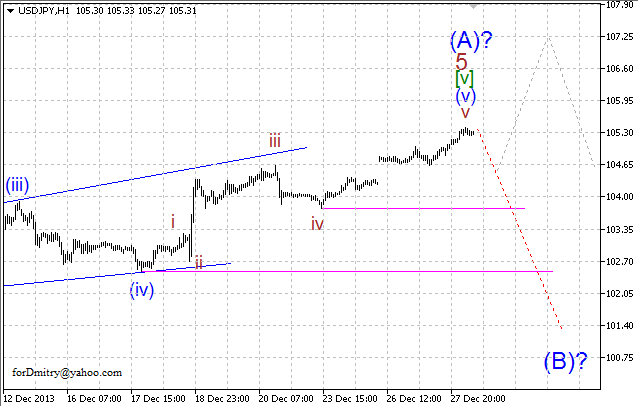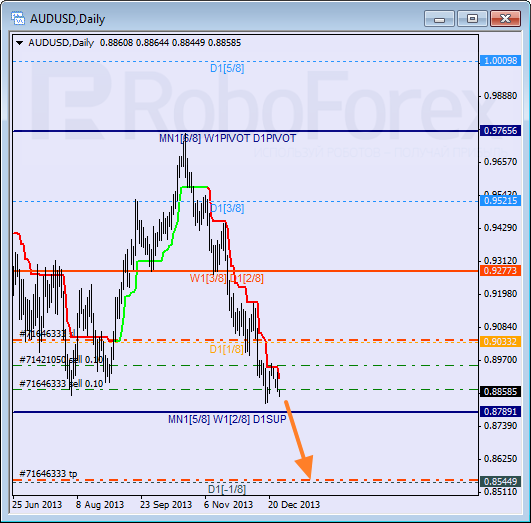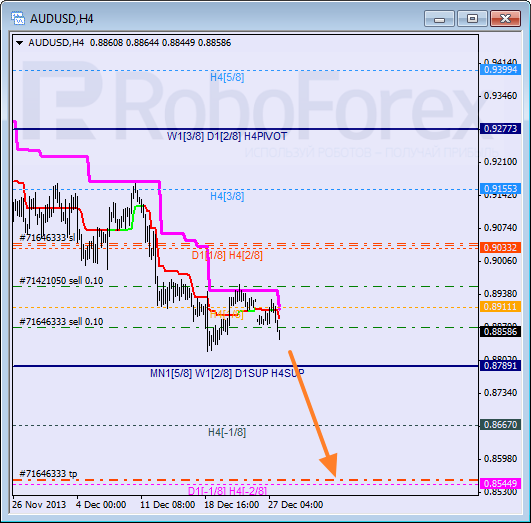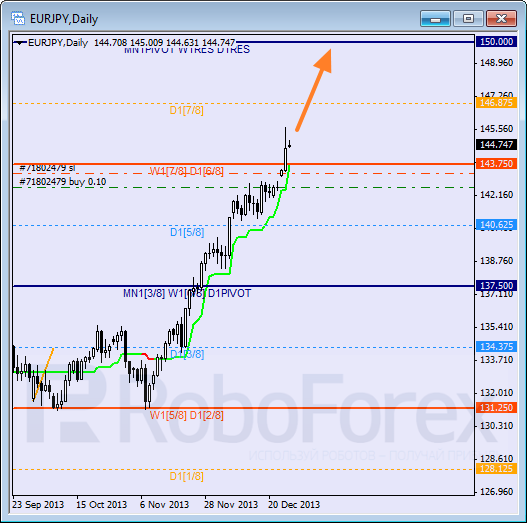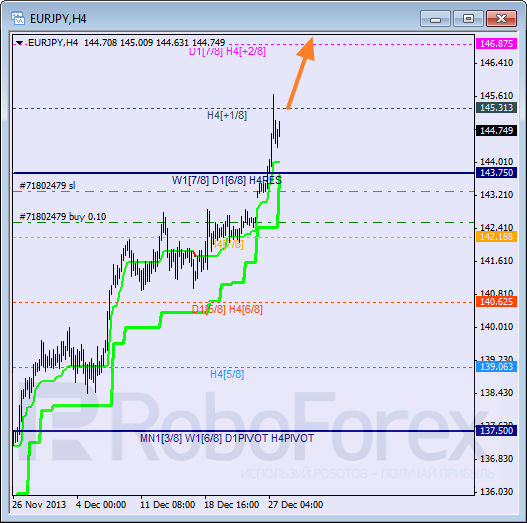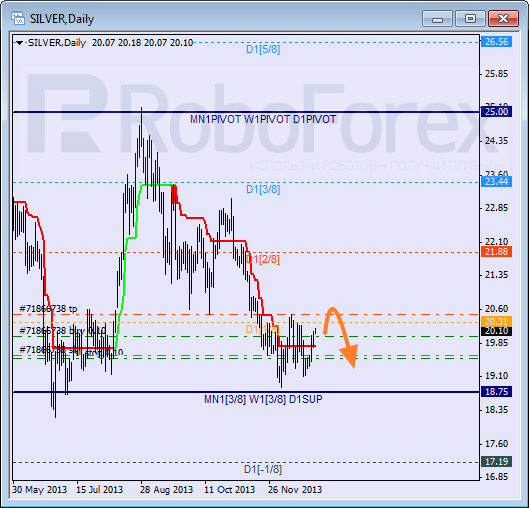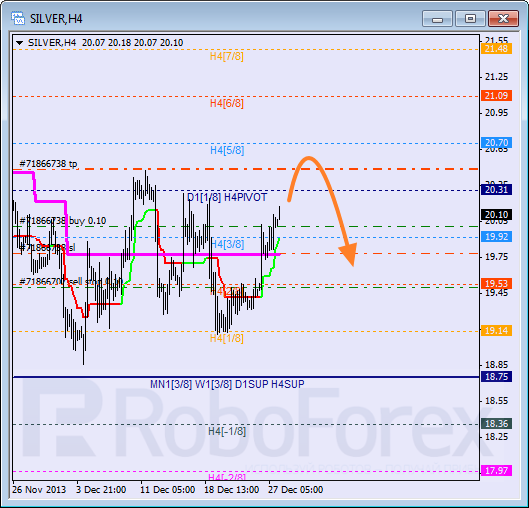Source: Kevin Michael Grace of The Gold Report (12/30/13)
http://www.theaureport.com/pub/na/miners-must-mind-their-margins-rob-cohen
Mining success is not measured in ounces and dollars but instead by healthy margins, argues Robert Cohen, lead portfolio manager with Dynamic Funds. In this interview with The Gold Report, Cohen declares that investors should seek out projects that will earn profits of 20–35%, regardless of size, and takes us on an around-the-world tour of companies that hit this sweet spot.
The Gold Report: Since you last spoke to The Gold Report in March, the price of gold has collapsed. What happened?
Rob Cohen: Gold has collapsed when compared to the U.S. dollar, but not when compared to other hard assets. For instance, since gold was allowed to float in 1971, its average price ratio per ounce to the price of a barrel of oil has been 15:1. Right now, it’s about 13:1, so it’s not that far from the mean. We remain a little puzzled by what has happened. Going back to 2008, there’s been a strong correlation between the expanding balance sheet of the Federal Reserve and the rising price of gold, but that link has been cut, at least for now.
We have also had some positive economic data out of the U.S.
TGR: Is this positive data really all that positive?
RC: We do question the fundamentals underneath the data. Unemployment numbers are beating expectations, but the U.S. doesn’t count “discouraged workers” as unemployed. So the true number is not 7% but really about 11.3%. The trade deficit has narrowed, but this is due to increases in domestic oil and gas production and not from increasing exports.
TGR: Do you think that $1,300/ounce ($1,300/oz) is gold’s new ceiling?
RC: Not necessarily. There are a lot of signs that the U.S. dollar could crack. It faces serious stresses from trade deficits with China and Europe and countries—like China—that manipulate their currencies in order to put U.S. exporters at such a disadvantage. This cannot go on indefinitely. If the U.S. dollar loses purchasing power for whatever reason, this will be manifested in a higher gold price.
TGR: To what extent is the price of gold affected by Indian purchases? The government of India has moved against gold buying to protect the rupee. Is this a battle it can win?
RC: I don’t think so. Don’t forget, Indians were buying gold quite happily at much higher prices than today. India is a country where the fiat currency is not that dependable as a store of value. Restricting gold means smuggling, and the current illegal premium is estimated to be the old import tax plus $200/oz. And now the Indian government isn’t getting that tax.
The world has mined about 2,500 tons/year of gold for the past decade or so. With the falloff in the demand from India, whatever it may be, China and other countries have stepped in and picked up the slack. There is no evidence of huge amounts of gold floating around with nowhere to go.
TGR: Is Asia becoming the dominant continent for ownership of gold bullion?
RC: The desire is there, but the amount of gold available is so restricted, there’s a perennial demand for more. China has more than $3 trillion of foreign exchange reserves, and if it wanted to back that with gold, it would need to buy hundreds of tons a year. This year is perhaps unique because 800 tons were released when investors flooded out of exchange-traded funds. China would have had the capacity to absorb that, but it is a Communist country, and it doesn’t announce its gold purchases to the world.
TGR: In this depressed market, how do companies stand out from the pack and prove their worth to investors? Are healthy margins essential in this respect?
RC: I look at this industry as having a relatively constant profit margin in the 20–30% range. In other words, when gold prices go up, the cost structure will go up. Expenses such as oil, chemicals, tires, Caterpillar equipment, etc., are not as much in the control of companies as investors might think. Market prices are determined by the purchasing power of a dollar, and when dollars lose purchasing power, absolute price levels move up.
TGR: Have precious metals miners cut costs substantially?
RC: In Q3/13 many companies met or beat expectations and patted themselves on the back for getting their costs down. But many of these costs fell because of the dollar’s increased purchasing power. Let’s say a company produces gold for $1,000/oz. Many people think that’s an absolute that will withstand time, but that’s not quite true. If the price of gold fell to $1,000/oz, that would not wipe out profits. Eventually, costs would come down to say $800/oz, and companies would still have an approximate 20% margin. And if gold goes up to $1,300/oz and beyond, costs such as energy prices will have an equivalent rise.
TGR: Is there a right way and a wrong way to cut costs?
RC: Absolutely. We have companies saying, “OK, we’ve cut our exploration budget in half,” but they haven’t truly cut that budget until they’ve truly cut the amount of meters drilled. If a company cuts the number of meters drilled in half, exploration costs should probably be one-quarter. The market should be better attuned to whether management is truly cutting, say by cutting employees and creating efficiencies, as opposed to taking credit for reduced costs on the downside.
We can expect the oil/gold ratio to stay at probably at least 13:1. So if gold goes up, oil will likely go up correspondingly—as will mining companies’ energy bills. This cannot be controlled. Investors should learn to focus on profit margins, rather than absolute dollar margins. They should think of companies producing at 20% margins regardless of the gold price.
TGR: Given how low equities have fallen, do you anticipate a wave of takeovers?
RC: We’ve already had quite a few this year. However, most of the acquisitions are head scratchers as far as I’m concerned—companies buying cheap but not necessarily profitable ounces.
Some examples are IAMGOLD Corp.’s (IMG:TSX; IAG:NYSE) acquisition of Trelawney Resources, New Gold Inc.’s (NGD:TSX; NGD:NYSE.MKT) acquisition of Rainy River and B2Gold Corp.’s (BTG:NYSE; BTO:TSX; B2G:NSX) acquisition of Volta Resources Inc. (VTR:TSX). All these projects have fairly skinny economics at these gold prices. As did Osisko Mining Corp.’s (OSK:TSX) acquisition of Queenston Mining at the end of 2012.
I would rather have seen companies buying projects with robust economics, even at today’s gold prices.
TGR: Which companies are well placed to buy small companies with robust projects?
RC: Companies with really good balance sheets in a good position to do acquisitions include Goldcorp Inc. (G:TSX; GG:NYSE) and Randgold Resources Ltd. (GOLD:NASDAQ; RRS:LSE). But any company with a half decent balance sheet could make an astute buy in this market.
TGR: What would you consider an astute buy?
RC: The companies out there owning projects with 25–35% rates of return, as opposed to some of the acquisitions we’ve seen, which have rates of return in the 10% range.
I’ll name two examples. The first would be Papillon Resources Inc. (PIR:ASX), an ASX-listed company with a $310 million ($310M) market cap. Its Fekola open-pit gold project in Mali has more than 5 million ounces (5 Moz) at 2.35 grams/ton (2.35 g/t).
TGR: You’ve called Fekola a world-class discovery.
RC: Yes. In the early years of the mine, Papillon can mine a higher grade, which would enhance the economics and allow a somewhat faster payback. We don’t typically find open pits with relatively low strip ratios capable of producing gold around $500/oz, like Fekola. Open pits in Nevada or in Canada, such as Osisko’s Canadian Malartic mine, typically grade 1 g/t.
Fekola is 20% held by the Mali government and 4% by a local joint venture partner, so with its 76% credit, Papillon could produce about 245,000 ounces (245 Koz) a year and have a fairly comfortable cash flow, even at these prices, of $110M a year. Against capital costs, this would result in a two-and-a-half-year payback. Its rate of return would be 25% at today’s gold price, which is considered unhealthy, but pretty healthy given the size of the project.
TGR: And the second company?
RC: Roxgold Inc.’s (ROG:TSX.V) Yaramoko underground gold project in Burkina Faso, which has barely 1 Moz gold but extremely high grade at 11.5 g/t. It has a $100M capital expense, which isn’t huge, but it can throw off $50M/year in cash flow, so that’s a two-year payback. Even at this gold price, that equates to about a 34% rate of return.
TGR: Many of the top 10 holdings in the Dynamic Strategic Gold Class Fund are in Africa. What do you like about Africa, and how are your holdings affected by considerations of country risk?
RC: Africa is one of the less explored gold regions, so there is certainly a lot more low-hanging fruit to pick. Generally, you find projects there that have 25–35% rates of return, which helps compensate for political risks.
Having said that, we’ve seen lots of problems with companies getting permits right here in the U.S. and Canada. There aren’t any slam dunks anywhere anymore.
TGR: Burkina Faso is certainly rated highly in West Africa. What else do you like there?
RC: Orbis Gold Ltd. (OBS:ASX), which has the Natougou open-pit gold project in Burkina Faso. We’re talking 3.5 g/t average grade, about 1.5 Moz so far and a lot of growth potential. There is a high strip ratio, in other words, a lot of overburden to remove, but because the grade is so high, it pays for the removal of that overburden. Again, this is a project that should have a less than two-year payback.
TGR: You mentioned Randgold earlier. How do you rate its operations?
RC: Randgold has been one of the best senior gold companies for delivery and execution. In 2013, it is expected to produce around 900–950 Koz gold at $700–750/oz. It just started up its Kibali mine in the Democratic Republic of the Congo, slightly ahead of schedule. Its other important project is the Loulo-Gounkoto project in Mali. And it has the Tongon project in Cote d’Ivoire.
TGR: Randgold just announced a quarter-on-quarter profit increase of 80%.
RC: That is because the company is growing production. In 2014, this should rise to 1.2 Moz because Kibali will have booked a full year. By 2017, Randgold’s balance sheet could rise to about $1.5 billion, which means free cash flow of about $500M per year. That would support a dividend policy. Actually, the company has completed a large part of its capital-spending phase, so it could start paying dividends now.
TGR: How bad is Mexico’s new taxation regime for mining?
RC: I think we can weather it. Certainly, introducing this at a time when the industry is struggling is not great timing and does eat into company profits. This is another example of why it would be good for the industry to foster a margin-driven attitude. Governments see a company producing gold for $800/oz, and then, when gold surges to $1,800/oz, they assume falsely that the company has a $1,000/oz profit margin. Governments need to be taught that these measures cut more heavily into margins than they think.
TGR: How do you rate the Mexican companies you follow?
RC: Alamos Gold Inc. (AGI:TSX) is advancing its projects in Turkey, but all its production currently comes from Mexico. It has done a fantastic job navigating the bear market and has maintained a very healthy balance sheet, with $430M in cash. Production in 2014 should be about 190 Koz gold. Its all-in cash costs at its Mulatos mine in Mexico should be around $850/oz. It has good exploration growth potential. Alamos is probably in the top quartile or even top decile of all gold companies.
TGR: And Fresnillo Plc (FRES:LSE)?
RC: Fresnillo is the world’s largest primary silver producer. It has had a problem with an ejido (communal land activists) around Herradura, the gold mine in Mexico it holds in a joint venture with Newmont Mining Corp. (NEM:NYSE). Its blasting permit around the ejido area has been suspended, but the company is working swiftly toward a resolution. It is working with the ejido group on that. Fresnillo is a well-run company with some of the premier silver mines in the world. It has good prospects and a 12.3% compounded annual growth rate in silver production over the next five years. It might not be the cheapest stock, but it is quality.
TGR: Does resurgent resource nationalism globally make companies operating in Canada more attractive to investors?
RC: It depends on what commodity you’re looking at. Canada is a big producer of iron ore and nickel and, to a lesser degree, gold and copper. I always look first at the quality of projects. Yes, we have a couple of new copper projects being built, but for the most part, I think our status will not necessarily rise. Operating mines will probably become more attractive when investors are ready to get exposure to those commodities.
TGR: Osisko announced last month that Canadian Malartic had surpassed production of 1 Moz gold total. What does the future hold for Malartic?
RC: It is a fantastic ore body, very homogeneous. I expect the free cash flow to really pick up now that the mine has ramped up to nameplate capacity. It can start opening up the pit, now that it is getting deeper. Osisko had to be quite cautious previously because it was mining right up against the edge of the town.
Malartic also has the higher-grade South Barnat open pit to still develop. Before this can happen, the highway that passes through the town must be rerouted. Osisko is working its way through the permits on that, but when it actually gets into South Barnat, this will certainly add more fuel to its profits. I think Malartic will have excellent years to come.
TGR: Any other companies you’d care to mention?
RC: Regis Resources Ltd. (RRL:ASX) in Australia and Tahoe Resources Inc. (THO:TSX; TAHO:NYSE) in Guatemala. Regis is a mid-cap gold producer. The startup of its Garden Well project in Western Australia has been a disappointment, as there have been grade-reconciliation issues. But overall, it has been a company that has executed fairly well on building its mines and delivering. It has, like its entire sector, been challenged by this market, but, overall, it still has good value.
TGR: Tahoe’s Escobal silver project in Guatemala just produced its first concentrate.
RC: That’s correct. Escobal is one of the best new silver mines in the world and is one of our preferred methods of getting exposure to silver.
TGR: Tahoe Resources has had a significant increase in its stock price since its low of around $13/share in July.
RC: That’s because Escobal has been derisked. During its construction phase, it was plagued with protestors from local groups and non-governmental organizations. We’ve seen this in Guatemala before. What happens is that once a mine goes into production there, its opponents realize they have lost the battle and then pick a different project to attack.
I talked with management just the other day. Tahoe is working on getting its recoveries up to a steady state. Startups can be very tricky. This one is going fairly smoothly.
TGR: Rob, thank you for your time and your insights.
A mineral process engineer by training with 20 years experience in the industry, Robert Cohen is lead portfolio manager for Dynamic Precious Metals Fund and Dynamic Strategic Gold Class. Named a TopGun portfolio manager by Brendan Wood International in 2009, 2010 and 2011, Cohen has been lead portfolio manager for the Dynamic Precious Metals Fund since 2000 and the Dynamic Strategic Gold Class since its inception, with top-performing mandates also in distribution in Europe and the United States. Cohen completed his Bachelor of Applied Sciences in mining and mineral process engineering at the University of British Columbia in 1992. He received his Master in Business Administration in 1998 and his CFA designation in 2003.
Want to read more Gold Report interviews like this? Sign up for our free e-newsletter, and you’ll learn when new articles have been published. To see a list of recent interviews with industry analysts and commentators, visit our Streetwise Interviews page.
DISCLOSURE:
1) Kevin Michael Grace conducted this interview for The Gold Report and provides services to The Gold Report as an independent contractor. He or his family own shares of the following companies mentioned in this interview: None.
2) The following companies mentioned in the interview are sponsors of The Gold Report: Roxgold Inc. and Tahoe Resources Inc. Goldcorp Inc. is not affiliated with The Gold Report. Streetwise Reports does not accept stock in exchange for its services or as sponsorship payment.
3) Robert Cohen: I or my family own shares of the following companies mentioned in this interview: New Gold Inc. and Osisko Mining Corp. I personally am or my family is paid by the following companies mentioned in this interview: None. My company has a financial relationship with the following companies mentioned in this interview: None. I was not paid by Streetwise Reports for participating in this interview. Comments and opinions expressed are my own comments and opinions. I had the opportunity to review the interview for accuracy as of the date of the interview and am responsible for the content of the interview.
4) Interviews are edited for clarity. Streetwise Reports does not make editorial comments or change experts’ statements without their consent.
5) The interview does not constitute investment advice. Each reader is encouraged to consult with his or her individual financial professional and any action a reader takes as a result of information presented here is his or her own responsibility. By opening this page, each reader accepts and agrees to Streetwise Reports’ terms of use and full legal disclaimer.
6) From time to time, Streetwise Reports LLC and its directors, officers, employees or members of their families, as well as persons interviewed for articles and interviews on the site, may have a long or short position in securities mentioned and may make purchases and/or sales of those securities in the open market or otherwise.
Streetwise – The Gold Report is Copyright © 2013 by Streetwise Reports LLC. All rights are reserved. Streetwise Reports LLC hereby grants an unrestricted license to use or disseminate this copyrighted material (i) only in whole (and always including this disclaimer), but (ii) never in part.
Streetwise Reports LLC does not guarantee the accuracy or thoroughness of the information reported.
Streetwise Reports LLC receives a fee from companies that are listed on the home page in the In This Issue section. Their sponsor pages may be considered advertising for the purposes of 18 U.S.C. 1734.
Participating companies provide the logos used in The Gold Report. These logos are trademarks and are the property of the individual companies.
101 Second St., Suite 110
Petaluma, CA 94952
Tel.: (707) 981-8999
Fax: (707) 981-8998
Email: jluther@streetwisereports.com




